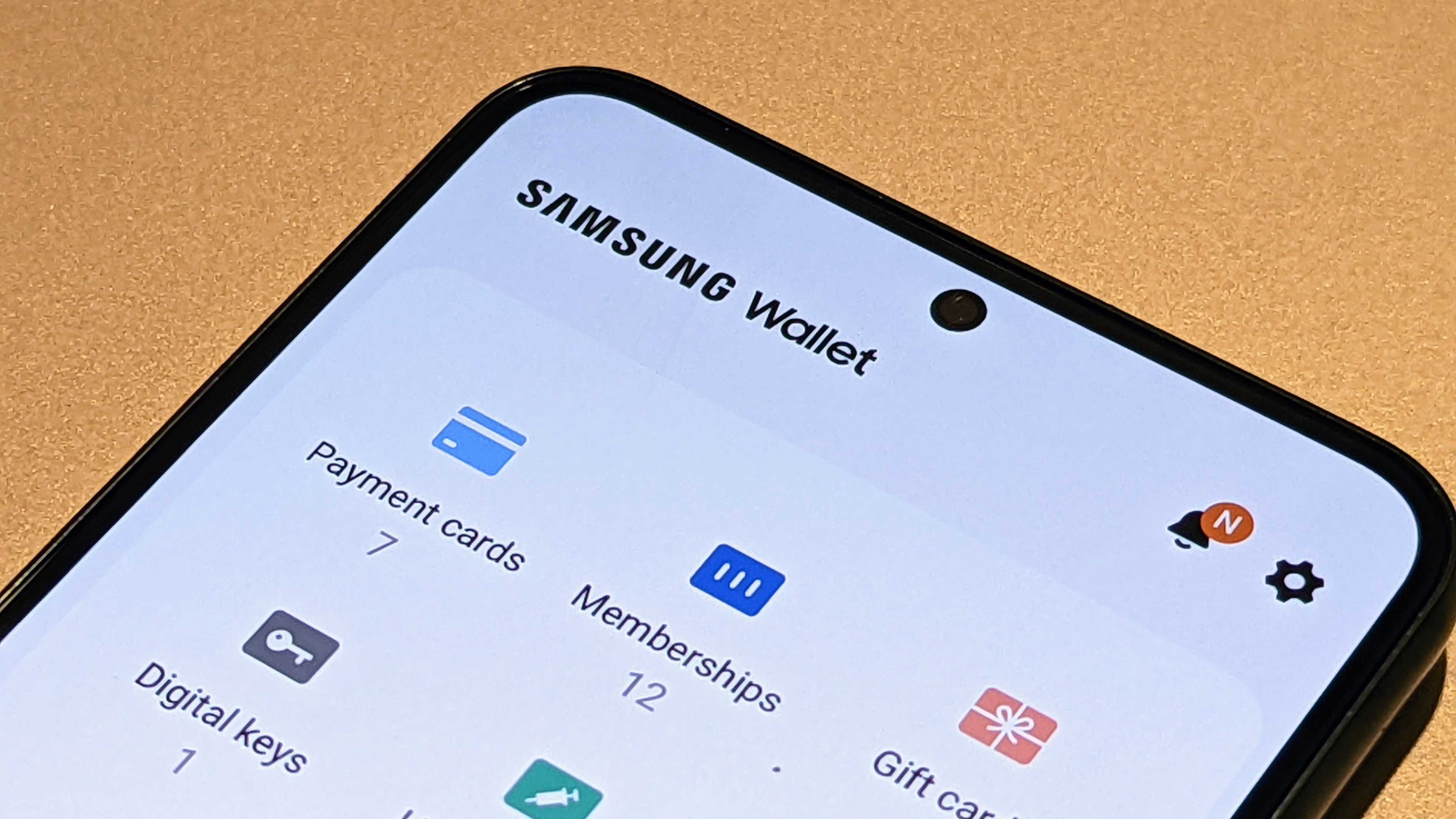The Huawei Mate 30 Pro might be simultaneously one of the best and worst phones of 2019. Best because of the design, power, and capabilities of the thing. Worst, potentially, because without Google apps preloaded this phone is going to be an extremely hard sell in Western markets.
This is a complex product and one that's going to take some time to fully decode and understand. As we do so, we present our first impressions after a long weekend with the device. This review will evolve over time, so be sure to check back in the coming days and weeks. For now, let me offer my first impressions after a long weekend with Huawei's latest.
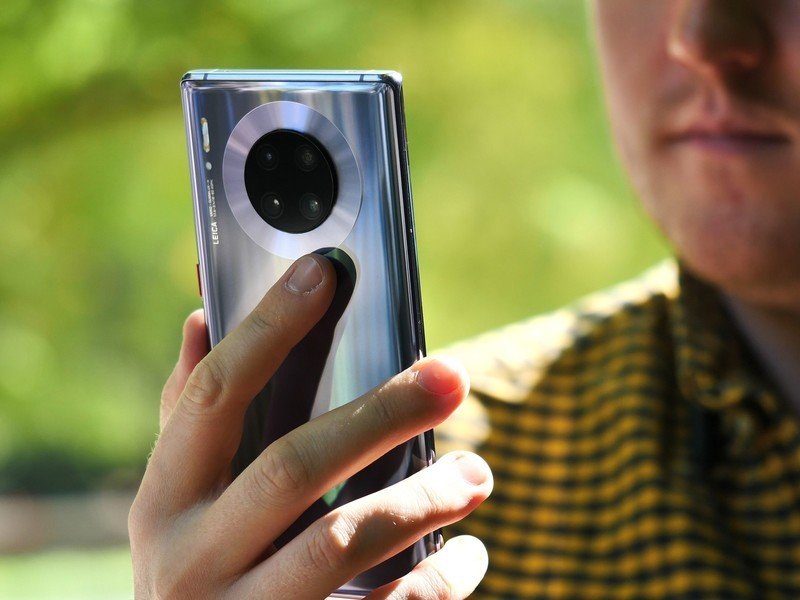
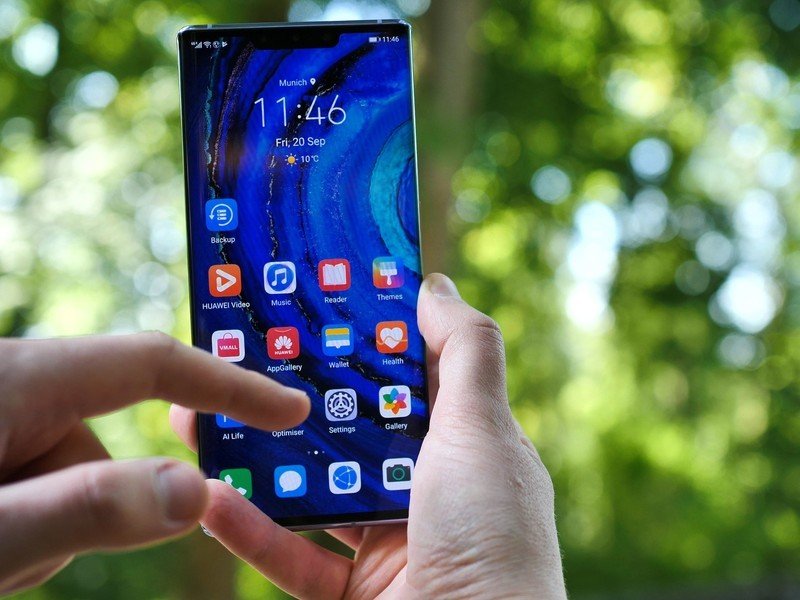
The Google situation
I've been using a Chinese 4G Huawei Mate 30 Pro (model LIO-AL00), which, like all Huawei's phones sold in mainland China, lack any Google services. This phone isn't entirely representative of what Western markets will get when the Mate arrives on European shores; likely the China-specific apps will be swapped out for local alternatives, should Huawei still be unable to preload Google's apps and services.
That said, it is relatively easy to (unofficially) install Google apps on the Mate 30 Pro, and that's exactly what I did to my unit. The setup process is slightly more involved than setting up a certified Android phone, with some extra steps and caveats. Even so, this is the only way I'd want to use this phone.
I presume a similar method will work on other Mate 30 models when they launch in other regions, but we won't know for sure until we get devices in-hand.
The design
I've been using the Mate 30 Pro in silver, and it's a very pretty phone, though perhaps one of the slipperiest I've ever used. Even relatively hefty, slick phones like the OnePlus 7 Pro feel like a welcome respite after using the Mate for a while. I'm reminded of the good old Samsung Galaxy S6 edge+, which was one of the earliest big-screened, edge-screened phones to emerge before the ergonomic kinks were worked out.
It's clear Huawei has put effort into making this device instantly identifiable among the countless other rectangles out there. Part of that's down to the highly reflective back panel and camera protrusion, but also the trademark feature you'll notice every time you use the device.
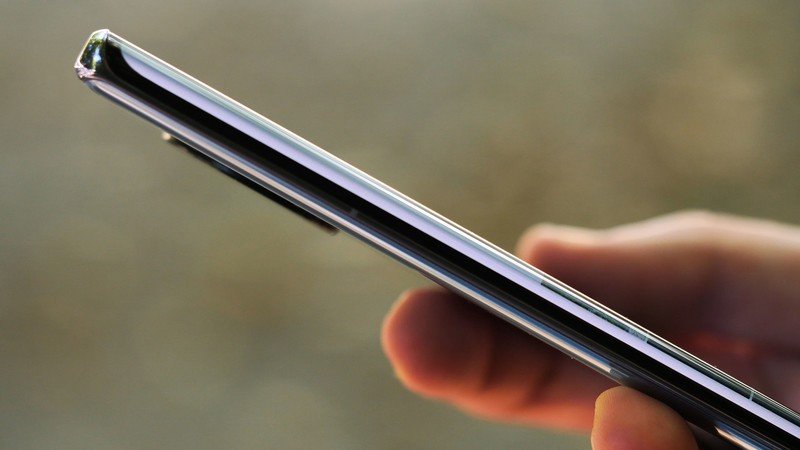
The waterfall display
The Mate 30's unique super-curved AMOLED panel definitely takes some getting used to. There's no denying that you sacrifice some usability -- both in terms of the software and the hardware -- in order to enjoy a display with such a unique profile.
It's another Full HD+ panel from Huawei, which in fact makes it a downgrade on paper compared to the Mate 20 Pro. You'll have to get really close to the panel to notice any difference, though. And in other areas like color quality and daylight brightness, I've been more than satisfied with this panel's quality.
The horizontal borders bleed away into nothingness when looking at the phone head-on. Yet the Mate's waterfall display also necessitates the removal of the volume rocker, which presents a few fresh pain points:
- How do you change the volume levels? Well, a double-tap on the outer edge, just above the power key, summons a gesture area where you can slide up or down to change the call or media audio levels.
- How do you change volume levels from within a call? With great difficulty, for the reasons above.
- How do you quickly launch the camera, since EMUI uses the volume down button for that? You can't, I guess? The best solution I've come up with is to use the iPhone-style swipe-up gesture from the lock screen.
- How do you take a screenshot? You'll need to use the double-tap knuckle gesture, or the quick settings shortcut button, or Huawei's new air gesture. (More on that later.)
Huawei's take on Android 10's gesture navigation system actually works really well with the extra-curved panel, with swipes inward from the right bezel feeling more natural. Unfortunately, though, it also makes reaching over to the left to activate Android's slide-out "hamburger" menus incredibly difficult.
What's more, certain apps can be challenging to use if they place certain buttons or controls too close to the edge of the display. (Or at an even more basic level, it can be bothersome if the photo you're viewing fades and distorts around the edges.) To fix issues like this, there's the option to remove the edge screen from certain apps, effectively giving them an invisible black border on either side.
It's a solution, I guess (though a suboptimal one). I think ultimately, as more phones ship with waterfall displays, we'll need to see some kind of OS-level intervention from Google to help app developers distinguish between phones with flat screens, curved screens, and waterfall screens.
Software + Battery
I've been using a pre-production version of EMUI 10 (based upon Android 10) on the P30 Pro since early August, and I'm happy to report that pretty much all the bugs I noticed in that version have been squished in the final release. This is Huawei's fastest, best-looking, most bug-free software ever.
The few remaining things that genuinely bother me about EMUI are conscious design decisions, like the choice to only display notifications on the lock screen if they've arrived since you last unlocked (iOS-style).
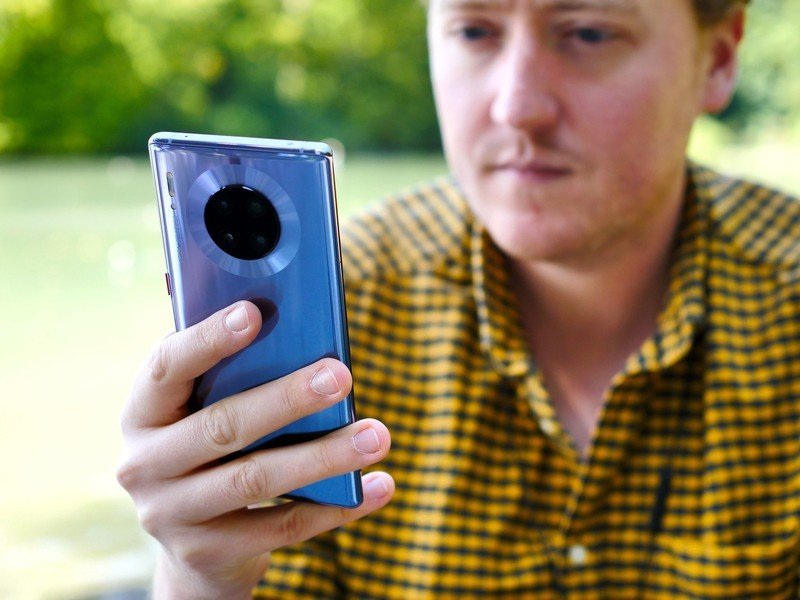
I'm also finding myself enjoying the always-on display, which cycles through warm sunset hues, cool blues, and into dark pinks as the day progresses. It's a very small and entirely cosmetic thing, but pretty neat all the same. And it likely helps to avoid uneven OLED burn-in over time, thanks to the changing colors.
Perhaps the most impressive Mate 30-only feature so far has been the phone's take on auto-rotation. This doesn't just use the phone's gyro like other handsets, but also the front-facing face detection array to figure out which way you're looking at the phone. Tilt your head 90 degrees in either direction and your apps will follow you. It's technically impressive not just because of how well it works, but because Huawei seems to have implemented it without any significant battery hit.
Huawei also has its own take on air gestures, similar to what we're expecting to see on the Pixel 4 in the coming months. A wave up or down can scroll through lists (in theory), or closing an open palm to form a fist can take a screenshot. The screenshot thing works well enough, but I've found the page-scroll gesture to be extremely finicky to the point of being virtually useless.
We'll have more to say on battery life in a future update. For now, I've been pretty impressed by the longevity of the Mate 30 Pro, and feel confident saying it at least matches what I've seen from the P30 Pro on EMUI 10. This is a phone that you'll struggle to kill off in under a day, no matter what you're doing.
Biometrics
While the front-facing camera of the Mate 30 Pro may be almost identical to the P30's, it's flanked by Huawei's impressive 3D face recognition system. This is significantly faster, more accurate and more usable in extreme light or darkness than the previous implementation in the Mate 20 Pro -- a huge improvement overall.
The fingerprint scanner is also noticeably better than previous Huawei efforts -- about on par with the OnePlus 7 Pro in my experience. That said, face unlock is so good I haven't used it anywhere near as much as on previous Huawei devices.
Huawei Mate 30 / Mate 30 Pro Specs
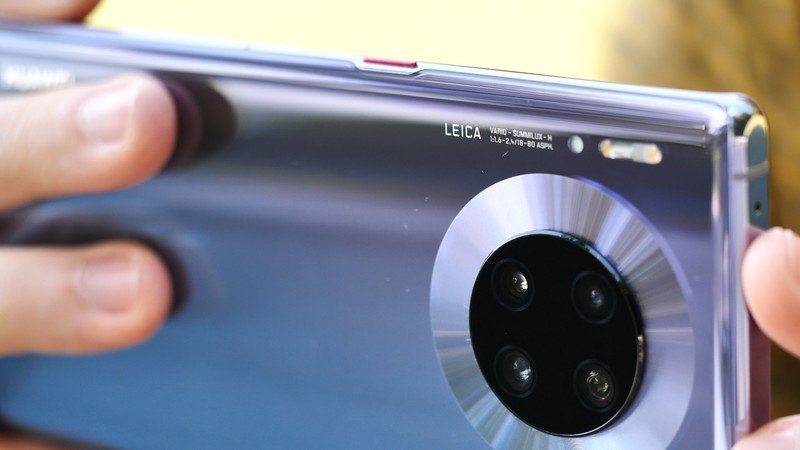
Cameras
After a couple of days, I'm only just scratching the surface of what the Mate 30 Pro's impressive camera array can do. But what I can say is that the Mate's cameras are a good deal more consistent than just about any previous Huawei phone.
The Mate 30 Pro benefits from the same gigantic, excellent 40MP RYYB main sensor that shone in the P30 Pro, but that's now joined by a large 3:2 ultrawide "cinema" camera designed primarily for video. Another effect of its enormous size, however, is that it works pretty well in lower-light photos, where most wide-angle shooters fall down.
What's more, the Mate boasts superior post-processing and noise reduction in both video and photos thanks to the capabilities of the new Kirin 990 chipset.
Between this and a return to a 3X 8MP telephoto camera in this phone, the Mate 30 Pro offers much more consistent results whichever lens you're using. In fact, unless you're shooting in extreme low light, the differences in performance between the main and ultrawide cameras are negligible. The ultrawide really is that good.



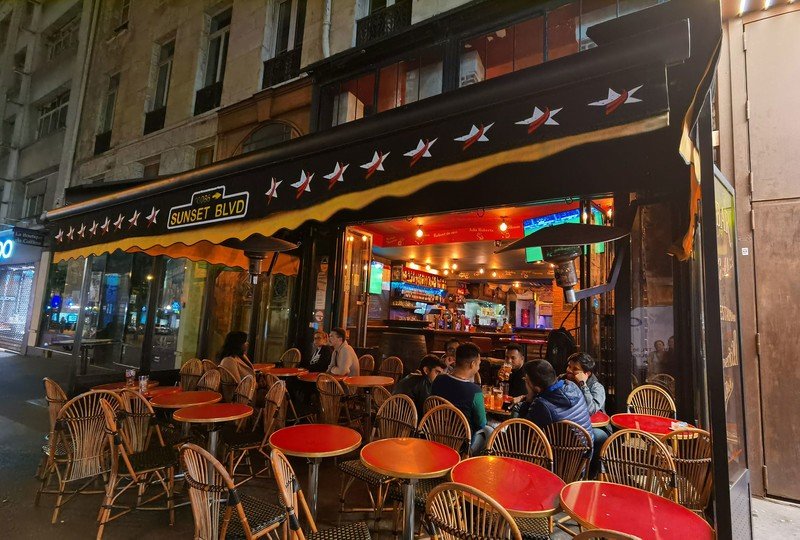
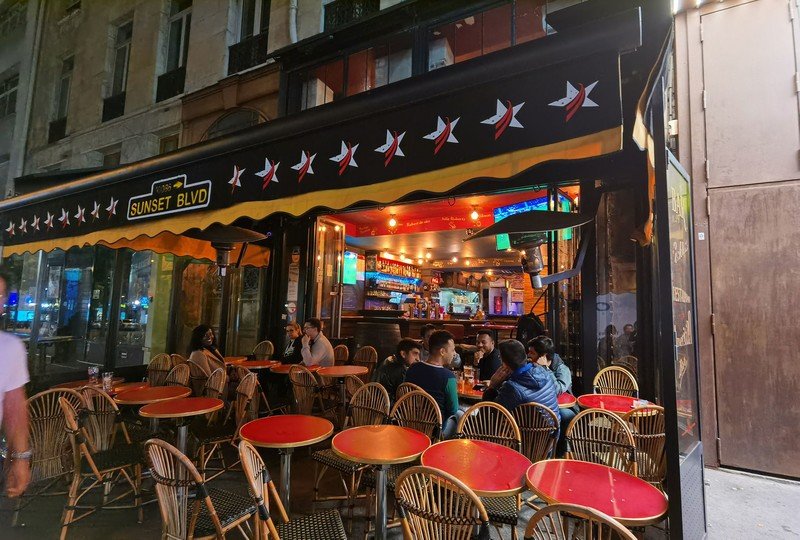

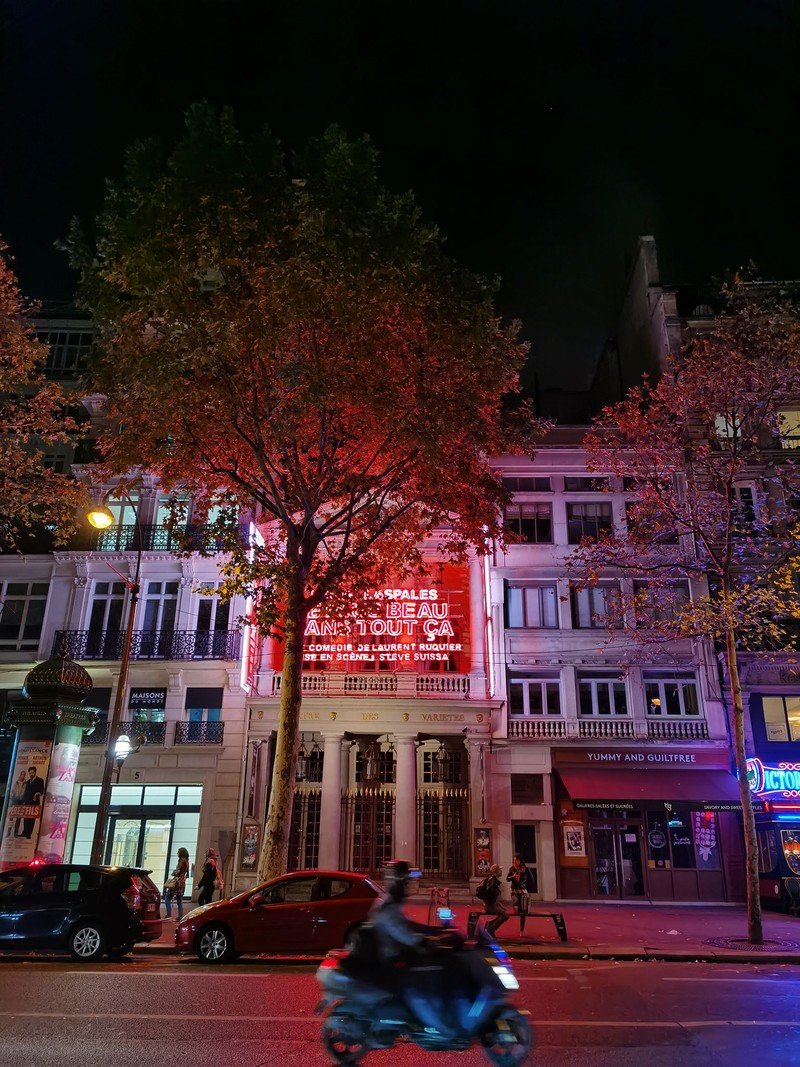

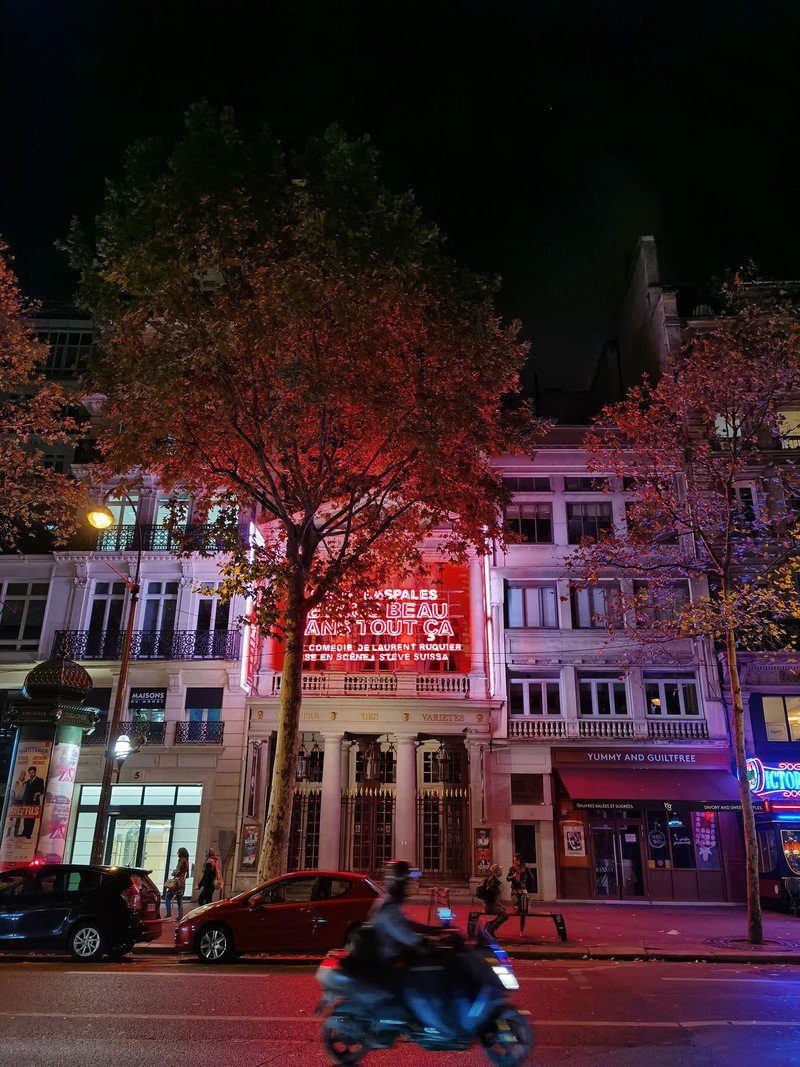
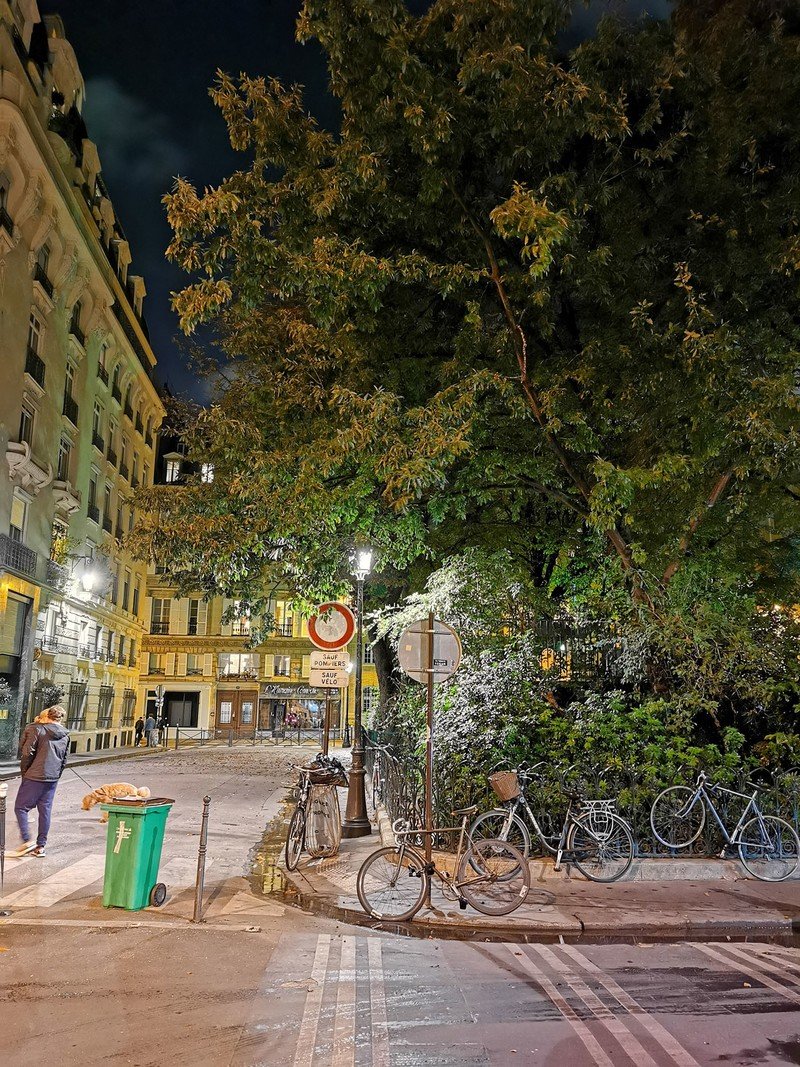
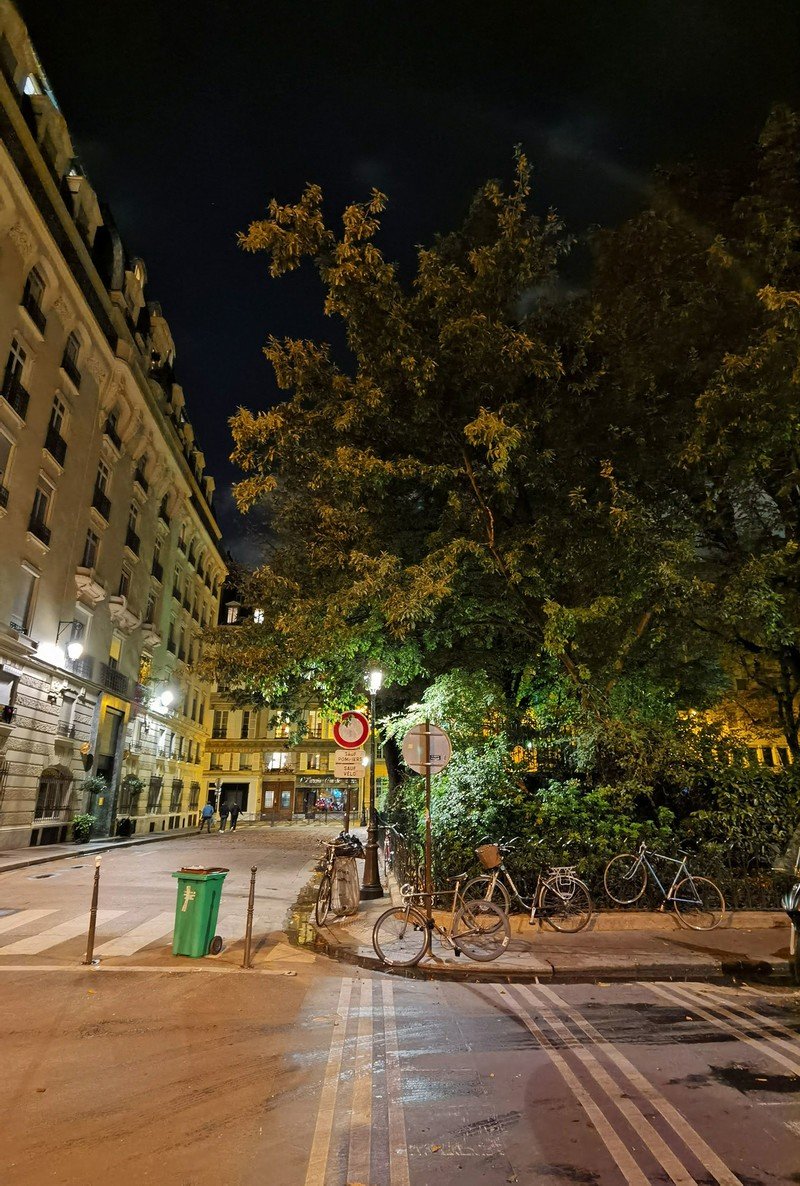
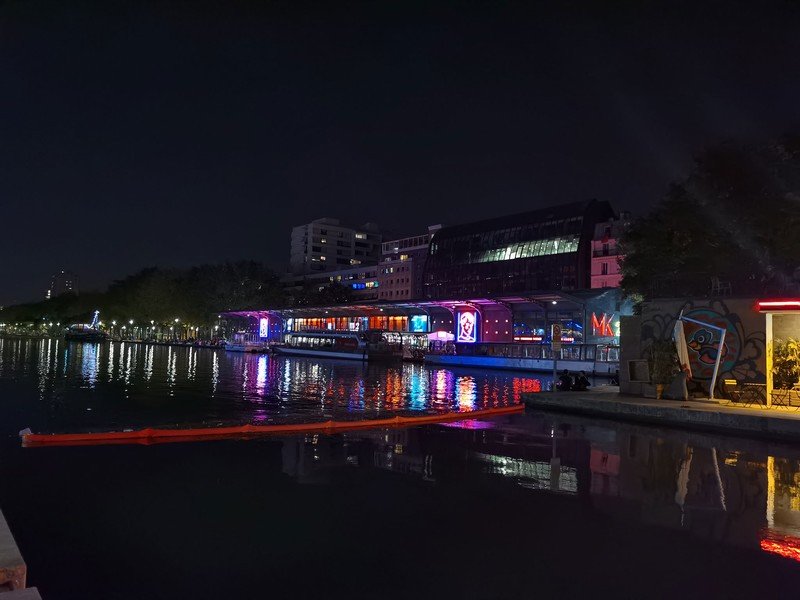
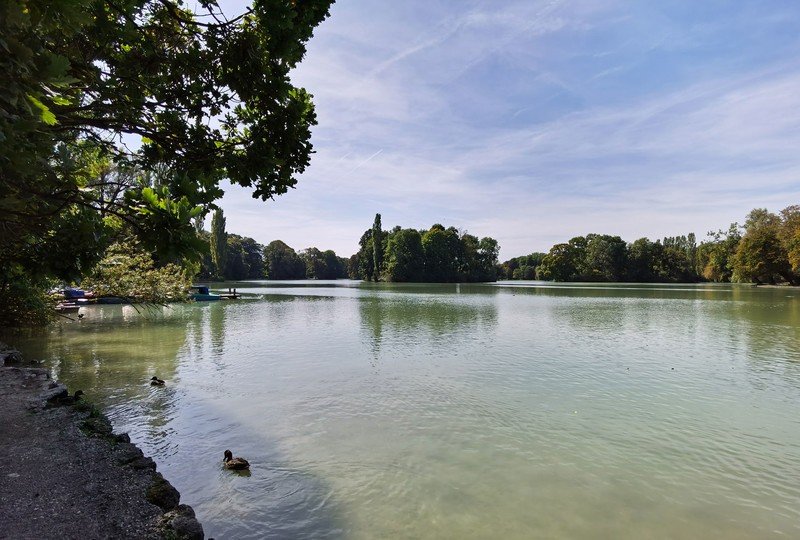

Other camera shout-outs:
- Edge detection in portrait shots has been particularly impressive, even in challenging light and with moving backgrounds.
- 7680fps video is overkill to be sure, but I'm also enjoying the improvement in quality in 960fps footage from the Mate 30 Pro.
- I have found myself missing the insane 5X optical zoom of the P30 Pro, but I'll fully admit that 3X is far more useful on a day-to-day basis. What's more, the presence of 3X optical zoom means you're no longer left with an area of weaker digital zoom performance around 3-4.9X, as can be seen in the P30 Pro.
- The software build I'm using doesn't have the front-facing night mode feature that was recently patched into the P30 Pro. Since the Mate isn't on sale anywhere yet, it's likely this will arrive in a future patch before the Chinese street date.
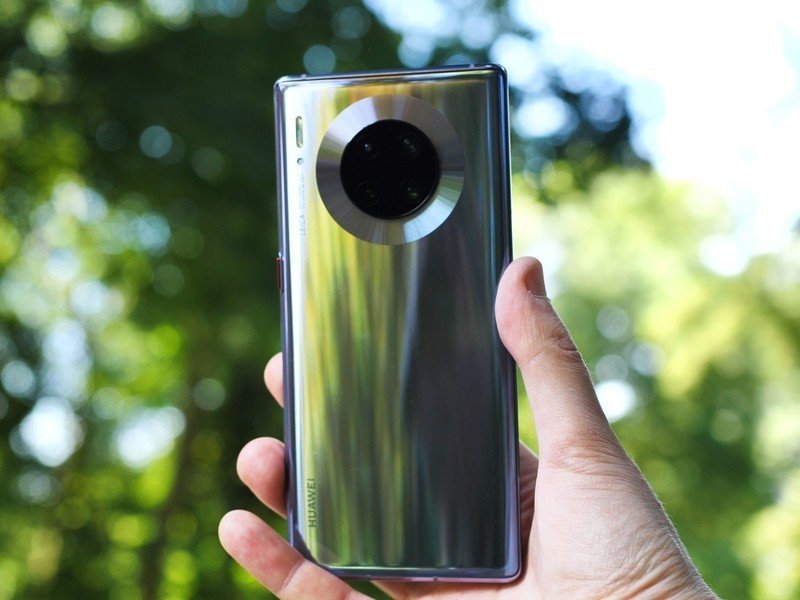
More to come...
These are just our first impressions of the Huawei Mate 30 Pro. Keep watching for our full review coming soon, for a detailed breakdown of the new software features, the phone's battery capabilities and of course plenty of camera samples. Stay tuned.
What are Google Mobile Services (GMS) and why does my phone need them?

Alex was with Android Central for over a decade, producing written and video content for the site, and served as global Executive Editor from 2016 to 2022.

